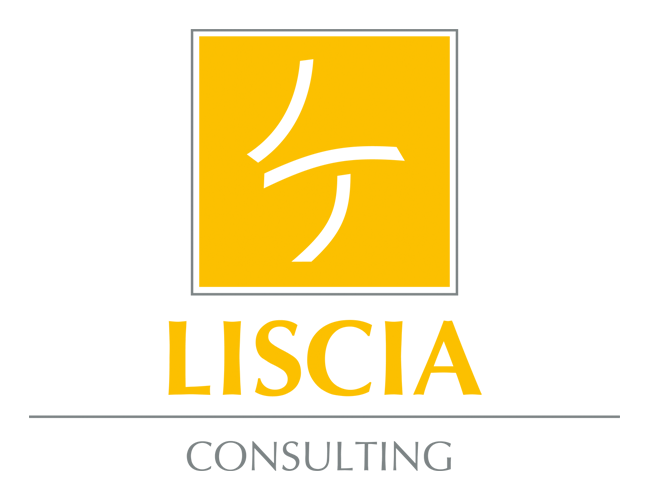When exploring the virtual world of metaverses and suchlike, representatives of the younger generations are a valuable asset for any business. Their uninhibited, open and curious approach is infectious, captivating, educating and brings older employees up to speed.
But who exactly belongs to these younger generations? If you’re a leader over fifty, then just about anyone under thirty is a youngster. But painting all younger gene-rations with the same brush can create enormous problems. Each generation brings a unique composition of values, expectations, personal visions and communication styles to their workplace. Since, these days, leaders are confronted with leading four distinct generations, it’s a good idea to have a clear view of their differences and inclinations. Modern teams and workforces are frequently composed of Baby Boomers (born between 1956 and 1965), Generation X (born between 1966 and 1980), Generation Y (born between 1981 and 1995) and Generation Z (born between 1996 and 2010/2012).
Generation classification is based on formative events and conditions during a given generation’s childhood and youth, profoundly impacting their values and attitudes. For example, Generation Y was shaped by 9/11, progressing globalization and internet developments. On the other hand, Generation Z was born into and grew up in a digital world, utterly at home with smartphones and computers, hence the nickname, digital natives. Their consciousness has been shaped by previously untold diversity and multiculturality such as Barack Obama’s election to U.S. president in 2009, or Angela Merkel’s rise to German chancellor in 2005.
The generation blend is still uncharted territory for many leaders and businesses. Back in the day when societal influences were the sole progenitor of a distinctly new generation, things progressed much more slowly. Over the years, sociocultural influences have taken a back seat while technical achievements and education drive the shaping of generations, making the differences between them even more powerfully disparate. Clashing values are brought together, carrying a high conflict potential.
Company leaders must become aware of generational backgrounds and adjust their approach accordingly. At the moment, Generation Y (employees born between 1981 and 1995) is in focus and most businesses have absorbed and aligned themselves with these people’s needs. In the meantime, however, Generation Z, born after 1996, has entered the working world. Many employers are not aware of the new challenges this generation poses. But being a leader means being aware of each individual employee’s demands and needs – a statement that will gain considerable relevance over the coming years. Since 2021, the first Baby Boomers have ended their working career and gone into retirement. Due to the demographic transition, this means that by 2025 there will be 700,000 open positions in Germany alone. In the future, your enterprise will primarily depend on Generation Y and Z employees, so you must be prepared to motivate them and earn their long-term loyalty. Knowing the individual demands and expectations of both generations takes you there.
Deeply curious to know exactly what Generation Y and Z want from their employers and leaders and how they differ from one another, we carried out a relevant study in 2020. We surveyed over 300 employees of both generations and over 250 leaders on a variety of sectors in varying countries. We also took a screen shot of the employees’ current working reality. Our objective in surveying leaders was to dis-cover their level of generational awareness and their willingness to fulfill the demands of Generations Y and Z.
Our study results revealed that the desires each generation brought to their employer or supervisor were not the same. Generation Y’s top three demands in descending order are a good work-life balance; a respectful, appreciative work community; independent, autonomous work assignments. Generation Z ranked a person-job fit as number one, i.e. the job fulfills personal needs, followed by diverse, interesting work assignments and thirdly, a respectful, appreciative work community – which ranked second by Generation Y.
An excerpt from the book “Leadership is More – 27 Questions We Too Can Answer” written by Gianni, Jan & Marcello Liscia, 2022




